python調用stitcher類自動實現多個圖像拼接融合功能
使用stitcher需要注意,圖像太大會報錯而且計算慢。
特點和適用范圍:圖像需有足夠重合相同特征區域。
優點:適應部分傾斜/尺度變換和畸變情形,拼接效果好,使用簡單,可以一次拼接多張圖片。
缺點:需要有足夠的相同特征區域進行匹配,速度較慢(和圖像大小有關)。
原圖(可下載)

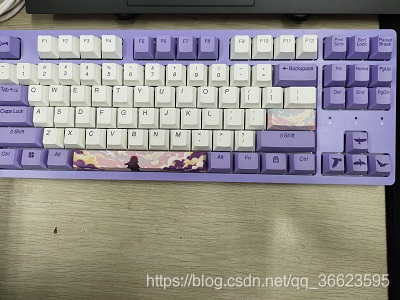
代碼(兩張圖片拼接)
import sysimport cv2 if __name__ == '__main__': img1 = cv2.imread(’C:/Users/Guaguan/Desktop/img/1.jpg’) # 圖片絕對路徑, img2 = cv2.imread(’C:/Users/Guaguan/Desktop/img/2.jpg’) # stitcher = cv2.createStitcher(False) # 老的OpenCV版本,用這一個 stitcher = cv2.Stitcher.create(cv2.Stitcher_PANORAMA) # 我的是OpenCV4 (status, pano) = stitcher.stitch((img1, img2)) if status != cv2.Stitcher_OK:print('不能拼接圖片, error code = %d' % status)sys.exit(-1) print('拼接成功.') cv2.imshow(’pano’, pano) # cv2.imwrite('pano.jpg', pano) cv2.waitKey(0)
拼接結果
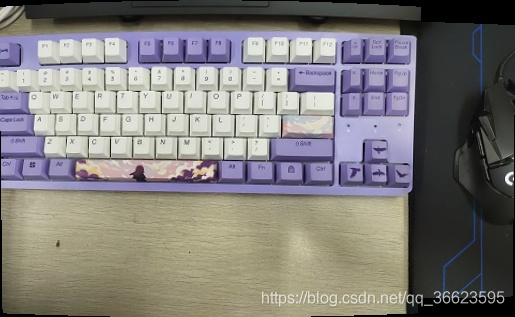
原圖
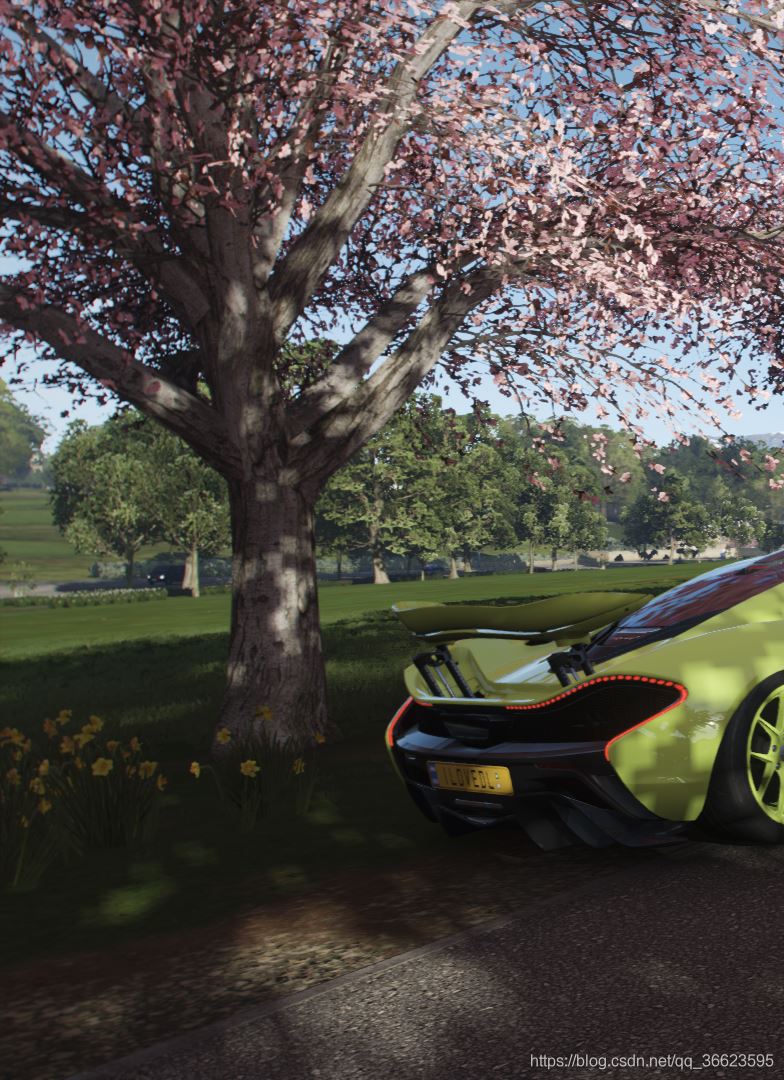
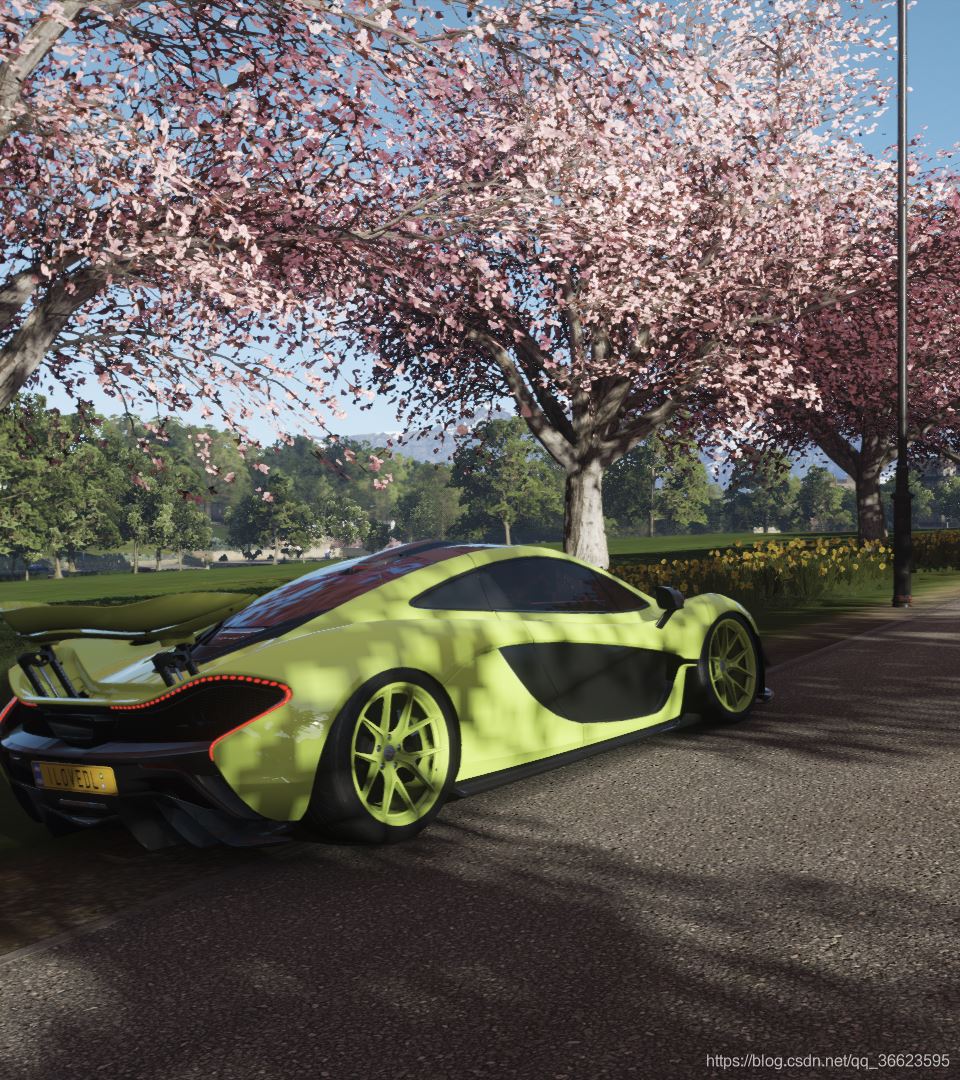

代碼(多個圖像自動拼接)
import osimport sysimport cv2import win32ui # ? python基于Stitcher圖像拼接 def imgstitcher(imgs): # 傳入圖像數據 列表[] 實現圖像拼接 stitcher = cv2.Stitcher.create(cv2.Stitcher_PANORAMA) _result, pano = stitcher.stitch(imgs) if _result != cv2.Stitcher_OK:print('不能拼接圖片, error code = %d' % _result)sys.exit(-1) output = ’result’ + ’.png’ cv2.imwrite(output, pano) print('拼接成功. %s 已保存!' % output) if __name__ == '__main__': # imgPath為圖片所在的文件夾相對路徑 imgPath = ’C:/Users/Guaguan/Desktop/img’imgList = os.listdir(imgPath) imgs = [] for imgName in imgList:pathImg = os.path.join(imgPath, imgName)img = cv2.imread(pathImg)if img is None: print('圖片不能讀取:' + imgName) sys.exit(-1)imgs.append(img) imgstitcher(imgs) # 拼接 cv2.waitKey(0) cv2.destroyAllWindows()
結果
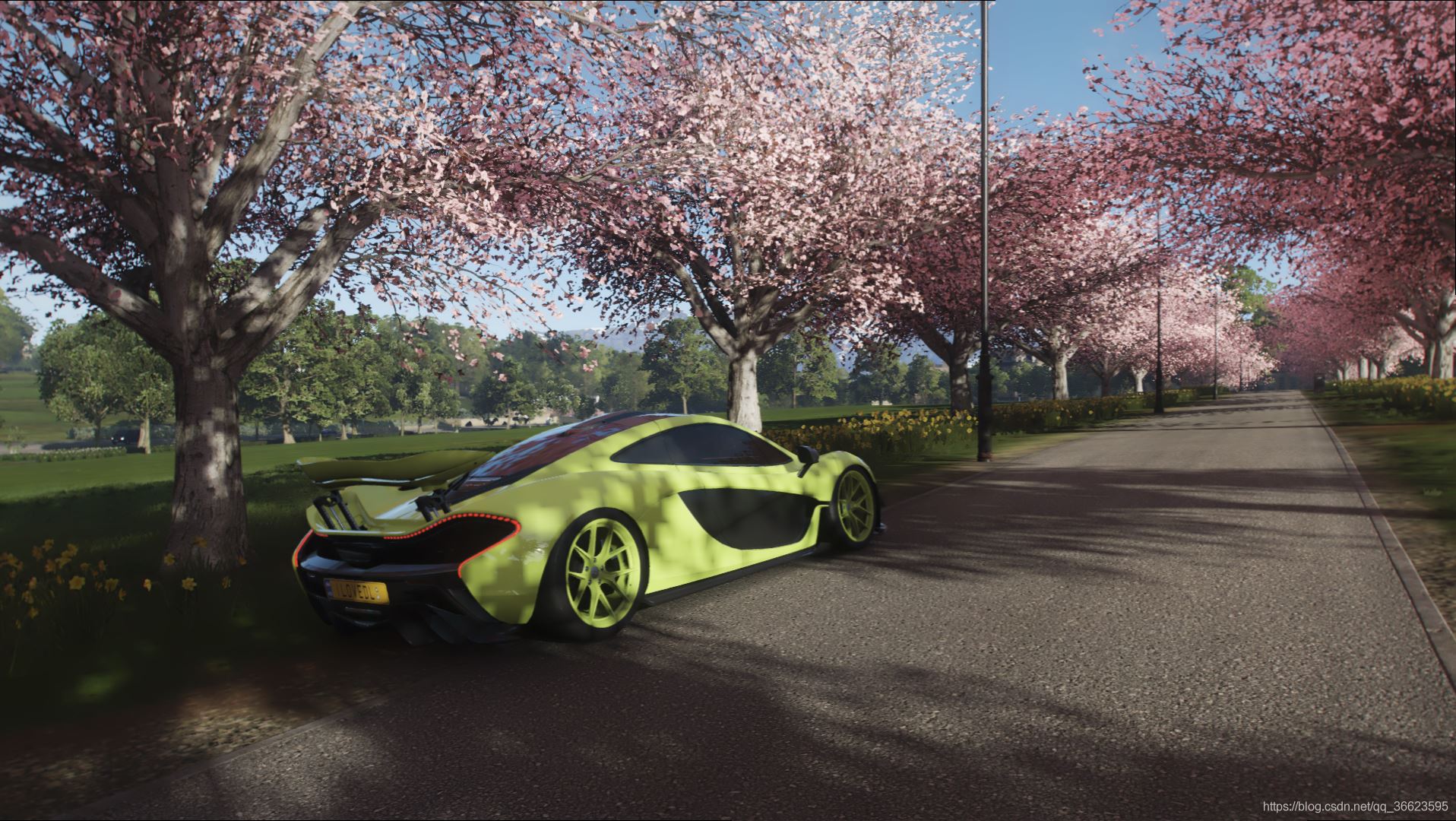
到此這篇關于python調用stitcher類自動實現多個圖像拼接融合的文章就介紹到這了,更多相關python圖像拼接融合內容請搜索好吧啦網以前的文章或繼續瀏覽下面的相關文章希望大家以后多多支持好吧啦網!
相關文章:

 網公網安備
網公網安備